-
スキーの種類:
- クラシックスキー:整備されたトレイルと斜め歩行技術に最適。グリップゾーン(ワックス可能またはワックス不要)がある長めのスキーを選びましょう。
- Skate Skis:硬いトレイルでのスケーティング動作に合わせた短めのスキー。フィットネス志向のスキーヤーに最適です。
- バックカントリースキー:深雪や混合地形でのオフトレイルアドベンチャーに適した幅広スキー。
- 2025年のおすすめトップピック:
-
簡単なサイズ選びのコツ:
- クラシックスキーには身長に20〜30cmを追加してください。
- スケートスキーには10〜15cmを追加してください。
- 身長の85〜90%の長さのポールを使いましょう。
-
Snowfeet オプション:
- 150ドルからのコンパクトなショートスキーで、カジュアルな使用やトリックに最適です。
| 優先事項 | おすすめスキー | 最適な用途 |
|---|---|---|
| 長距離ツーリング | Fischer Spider 62 Crown(369ドル) | 整備されたトレイルとオフトラック |
| 予算に優しいスタート | Rossignol Evo XT 55(250ドル) | 初心者 |
| 多用途性&トリック | Snowfeet Skiblades(450ドル) | 混合地形、フリースタイル |
プロのヒント:最高の体験のために、スキーをスキルレベル、地形、雪の状態に合わせましょう。初心者でもレーサーでも、あなたにぴったりの一組が待っています!
スケート用クロスカントリースキーパッケージの選び方 ...
クロスカントリースキーのカテゴリー
適切なクロスカントリースキーの選び方は、どのように、どこで使うかによります。各カテゴリーは異なるスキーのスタイルや地形に合わせた特定の特徴を持って設計されています。
クラシッククロスカントリースキー
クラシックスキーは、整備されたトレイルで一般的に使われる斜め歩行技術のために設計されています。これらのスキーは他のタイプより長く、中央にトラクション用のグリップゾーンがあります。このグリップゾーンはワックス可能であったり、様々な条件でのグリップ向上のためにフィッシュスケールやスキンパターンが施されています。
クラシックスキーの特徴はこちら:
| 特徴 | 目的 |
|---|---|
| 長さ | 滑走性向上のために長め |
| グリップゾーン | トラクションと前進運動を提供 |
| ベースパターン | ワックス可能、フィッシュスケール、またはスキンデザインのオプションがあります |
| ビンディングシステム | 自然な足の動きを可能にする柔らかいブーツに対応 |
Skate Skiing用具
Skate skisは、硬く整備されたトレイルでのV字型の動きを伴うスケーティング技術に合わせて作られています。これらのスキーはクラシックモデルより短く、先端から尾部まで全滑走ゾーンがあり、Skate skiingのダイナミックな左右の動きに最適です。
Skate skiingギアの主な特徴は以下の通りです:
| コンポーネント | 仕様 |
|---|---|
| スキーの長さ | 操作性向上のために短め |
| ベースデザイン | グリップセクションなしの全長滑走ゾーン |
| ポールの長さ | 鼻先や耳まで届く |
| ブーツデザイン | 硬めのアウトソールと高いカフで足首をサポート |
オフトレイルおよびバックカントリースキー
整備されたトレイルを離れて冒険する人のために、バックカントリースキーは多様な地形と予測できない雪の状態に対応できるよう設計されています。これらのスキーはクラシックやSkiskatesよりも幅広で、深雪での浮力と不均一な地面での安定性を提供します。
重要な特徴は以下の通りです:
| 特徴 | 利点 |
|---|---|
| 幅 | 幅広設計でPOWDERでの浮力が向上 |
| 多用途性 | 多様なコンディションに効果的に対応 |
2025年には、AtomicやHeadなどのスキーメーカーが、新素材や製造技術で限界に挑戦しています。これらのアップデートは性能向上だけでなく、環境に優しい素材やプロセスも取り入れています。初心者でも上級者でも、スキルレベルと地形に合ったスキーを選ぶことが大きな違いを生みます。
クロスカントリースキーの選び方
スキルレベルに合ったスキーの選び方
スキルレベルに合ったスキーを選ぶことは、パフォーマンスと楽しさを向上させるために非常に重要です。例えば、アイススケートやインラインスケートのような運動経験がある場合は、より技術が求められるSkiskatesの方が適しているかもしれません。
| スキルレベル | おすすめのスキータイプ | 主な特徴 |
|---|---|---|
| 初心者 | クラシッククロスカントリー | 幅広のベースで安定性アップ、専用のキックゾーン付き |
| 中級者 | Classic または Skate | 適度な幅でバランスの取れた性能 |
| 上級者 | 技術別 | より細く、硬めでコントロール性向上 |
スキルレベルに合ったタイプを見つけたら、さらに良い結果のために正しいサイズに注目しましょう。
適切なサイズ選び
スキーの硬さは体重に合わせ、長さは身長に対応させるべきです。簡単なサイズガイドはこちら:
- Classic skis:身長に20〜30cmを足してください。
- Skate skis:身長に10〜15cmを足してください。
- Classic skiing poles:身長に0.85をかけてください。
- Skating poles:身長に0.90をかけてください。
正しいサイズ選びは、あなたのスキー技術に合ったグリップと滑走の最適な組み合わせを保証します。
雪の状態と使用状況
適切なスキーのタイプとサイズを選んだら、滑る場所の雪の状態を考慮しましょう。覚えておくべきポイントはこちらです:
- 整備されたトレイル:滑らかな先端と専用のキックゾーンを持つスキーは、整備された路面に最適です。
- 多様な地形:必要な機能は地形タイプによって変わります:
| 地形タイプ | おすすめの特徴 |
|---|---|
| 圧雪トレイル | 最小限のサイドカットを持つ狭いスキー |
| 混合コンディション | 中幅で適度なサイドカットのスキー |
| 深雪 | より良い浮力のために設計された幅広スキー |
- 雪質:スキーのベース選びは重要です。ワックス可能なベースはパフォーマンスが高いですがメンテナンスが必要で、ワックスレスベースは手入れが簡単で便利です。狭いスキーは圧雪トレイルで最適に機能し、幅広のスキーは深雪に適しています。
2025年のベストクロスカントリースキー
初心者向けスキー
Rossignol Evo XT 55 Positrackは初心者に最適な選択肢です。TURNAMICバインディング付きで250ドル、55/48/52 mmのサイドカットにより安定性が向上しています。フィッシュスケールベースはさまざまなコンディションで信頼できるグリップを提供します。165 cmから195 cmの長さがあり、90ポンドから180ポンド以上のスキーヤーに対応しています。
もう一つの優れた選択肢はAtomic Pro C3 Skintec + Shift CL(430ドル)です。交換可能なモヘアスキンが付属し、さまざまなコンディションに対応可能です。2025年春のテストでは、バインディングを前方に調整することで氷結した斜面でのグリップが向上し、スキルアップを目指す方にとって堅実な選択となりました。
それでは、高性能レーシング用に設計されたスキーを見てみましょう。
高性能レーシングスキー
限界に挑戦する準備ができているなら、レーシングスキーは卓越したスピードと精度を提供します。Salomon S-Lab Universal Skate(950ドル)とFischer Carbonlite Skate Plus Medium(675ドル)は、以下の仕様を持つ注目モデルです:
| 特徴 | 仕様 |
|---|---|
| 長さ範囲 | 171–191 cm |
| 体重範囲 | 110–286+ ポンド |
| サイドカット | 41/44/44 mm |
| コア構造 | カーボンファイバー |
| 推奨レベル | 中級から上級 |
クラシックスキー愛好家には、Rossignol X-ium R Skin(500ドル)がレース対応のパフォーマンスを提供します。モヘアグリップゾーンが優れたキックとグライドを実現し、競技スキーヤーに人気です。
あらゆる地形に対応するスキーをお探しですか?次のセクションをご覧ください。
マルチテレインスキー
Fischer Spider 62 Crown Xtralite(369ドル)は、2025年の最も多用途なクロスカントリースキーに選ばれました。金属エッジと62/52/60 mmの寸法で、整備されたトレイルとオフトラックの冒険の両方で優れた性能を発揮します。
より挑戦的な地形には、Madshus Panorama M78(350ドル)が最適です。幅広のプロファイル(109/78/95 mm)が優れた浮力、登坂能力、機敏さを提供します。Omnitrackのワックス不要パターンは、さまざまな雪質で信頼できるグリップを保証します。
2022年から2023年にかけて、アメリカでノルディックスキーの人気が高まり、参加者数は1,771万人から1,846万人に増加しました。この成長により、メーカーは新規および経験豊富なスキーヤーの両方に対応する、多用途でアクセスしやすいスキーの設計を進めています。
sbb-itb-17ade95
Snowfeet ショートスキーオプション
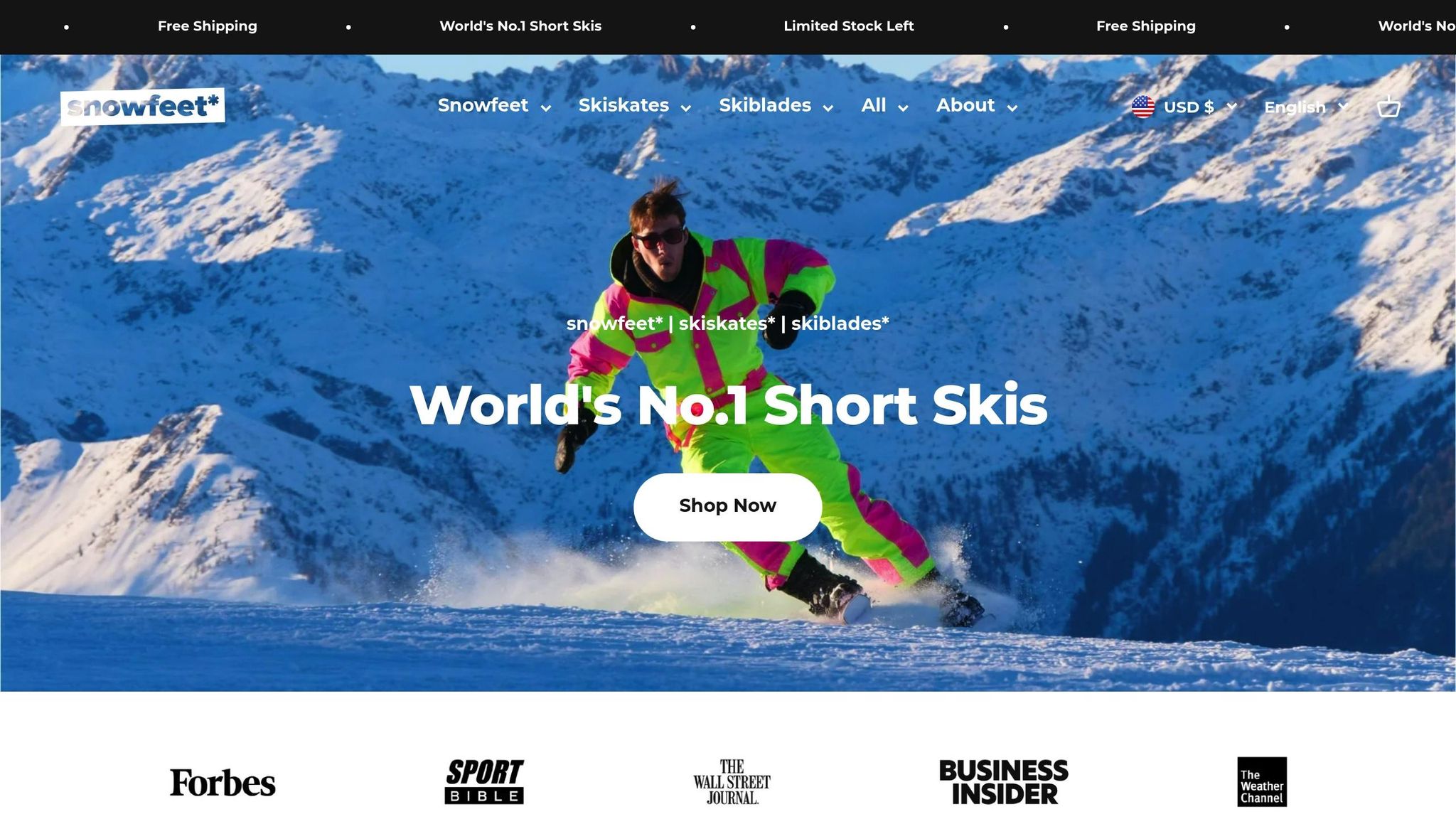
Snowfeetは、スキーとスケートの特徴を融合させたコンパクトで多用途なスキーギアを提供しています。世界中で5万人以上のユーザーを持ち、彼らのショートスキーは携帯性とパフォーマンスを重視したクロスカントリースキー市場に新しい風を吹き込んでいます。
Snowfeet Mini Ski Skates(38 cm)
Mini Ski Skatesは150ドルで、コレクションの中で最も小さいオプションです。1,128人の認証ユーザーによる評価は4.9/5で、通常の冬用ブーツとシームレスに連携し、専用の装備は不要です。重要な特徴は、USサイズ6~13(EU 38~47)に対応するユニバーサルバインディングシステムです。これらのスケートは、カジュアル使用向けの基本モデルと、激しい活動に耐えるPro Xバージョンの2種類があります。
Snowfeet Skiblades(65 cm、99 cm、120 cm)
Skibladesシリーズは3つの長さで展開されており、それぞれ異なるスキーのスタイルに合わせて設計されています。
| モデルの長さ | 価格 | 最適な用途 | 特徴 |
|---|---|---|---|
| 65cm | $450 | トリック&機動性 | 操作性とスノーパークでの楽しさに最適 |
| 99cm | $490 | オールラウンド使用 | 安定性とパウダーでの操作性を向上 |
| 120cm | $690 | 初心者&スピード | 安定性を提供し、伝統的なスキーに近い感覚を実現 |
65cmモデルはカービングやパークトリックに最適です。99cmバージョンは機動性と安定性のバランスが良く、120cmオプションは伝統的なスキー体験を提供し、初心者やスピードと安定性を好む方にぴったりです。
Snowfeet POWDER とショートスキー
Snowfeet POWDERは$490で、オフトレイルのパウダースキー用に設計されており、非常に携帯性に優れています。
Skiskates Pro Modelは$390で、標準的なスキーと同様の木製コア構造を採用しており、整地された斜面での滑らかなパフォーマンスを実現します。このモデルはスキーブーツとスノーボードブーツの両方に対応しており、さまざまなスキーの好みに対応できる多用途な選択肢です。
すべてのモデルは送料無料で、ほとんどの米国内住所には通常3~5営業日で到着します。カスタマーレビューは非常に高評価で、Skibladesは96件のレビューで満点の5.0/5を獲得しています。
価格ガイド
パフォーマンスの詳細を説明したので、次は各レベルで期待できる価格帯の内訳をご紹介します。これらの価格帯は、前述の素材や製造方法に対応しています。
エントリーレベルのスキー($250-$300)
エントリーレベルのスキー、例えばEvo XT 55 Positrackは初心者向けに設計されています。安定性と使いやすさを重視しており、スキーを始めたばかりの方に最適です。
この価格帯では通常以下が見られます:
- 学習曲線に耐えうる耐久性のある素材
- コントロールしやすい柔軟なデザイン
- メンテナンスが少ない基本的なワックス不要ベース
- 互換性のあるユニバーサルビンディング
中級スキー (350ドル〜500ドル)
中級スキーはより良い素材とパフォーマンス機能でスキル向上中のスキーヤーに最適です。注目すべき例は、軽量なノメックスハニカムコア(わずか2.5ポンド)を特徴とするRossignol Delta Comp R Skin Medium (350ドル)です。
これらのスキーには通常以下が含まれます:
- 応答性を向上させる先進的なコア
- 滑走性を高めたベース
- より高いコントロールのために最適化されたフレックスパターン
プロレベルのスキー (500ドル〜1,000ドル)
プロフェッショナルグレードのスキーは最先端の素材と技術で作られており、比類なきパフォーマンスを提供します。Fischer Carbonlite Skate Plus Medium (675ドル) は、そのトップクラスの構造と特徴を示す代表例です。
| 価格帯 | 主な特徴 | 最適な用途 | 例モデル |
|---|---|---|---|
| 500ドル〜700ドル | カーボンファイバー構造、レース対応ベース | 競技スキーヤー | Fischer Carbonlite Skate Plus Medium (675ドル) |
| 851ドル~1,000ドル | エリートレーシング技術、専門的なデザイン | プロレーサー | Salomon S-Lab Universal Skate(950ドル) |
プロレベルのスキーの主な特徴は以下の通りです:
- スピードのための軽量カーボンファイバー構造
- 最適な滑走のための高性能ベース素材
- 高度な技術に合わせた専門的なフレックスパターン
- 精密さのための高度なビンディングシステム
- トップレベルのパフォーマンスのためのレース対応デザイン
これらのスキーは高性能向けに作られており、激しい使用で2~3シーズンしか持たない場合があることを覚えておいてください。卓越した結果をもたらしますが、その潜在能力を最大限に引き出すには適切な技術が必要です。
最終推奨
詳細な比較に基づいて、優先事項に合ったスキーを選ぶための簡単なガイドはこちらです。
長距離ツーリングには、伝統的なクロスカントリースキーが間違いありません。Fischer Spider 62 Crown(299ドル)は、多用途性と安定性のバランスが際立っており、クラシックスキーに最適です。
"これは本当に楽しく、キックも長いです。" - Jan Guenther, Gear West Ski and Bikeのオーナー
携帯性と使いやすさを求めるなら、Snowfeet製品は素晴らしい選択肢です。Snowfeet Mini Ski Skates(140ドル)は、その利便性と機敏さで特に人気があります。
"この小さなスキーで、はるかに機敏で速く、何よりも快適に感じます。バックルなし、重いブーツなし、ただストラップを締めて行くだけです。" - Jakub F.
スキーの目標に最適なオプションをマッチさせるための簡単な表はこちら:
| あなたの優先事項 | おすすめの選択肢 | 最適な用途 |
|---|---|---|
| 長距離ツーリング | Fischer Spider 62 Crown($299) | 伝統的なトレイルスキー |
| 多用途のレクリエーション | Snowfeet Skiblades($450) | 混合地形、フリースタイル |
| 予算に優しいスタート | Rossignol Evo XT 55 Positrack($250) | カジュアルなクラシックスキー |
まだ迷っている場合は、スキルレベルと使用法に基づくこれらのヒントを検討してください:
- 初心者:ワックス不要のスキーはシンプルでメンテナンスが少ない選択肢です。
- フィットネス愛好者:Skate skisはより強度の高いトレーニングを提供します。
- レクリエーションユーザー:Snowfeetはさまざまな地形に挑戦するのに理想的です。
これらの推奨は、あなたの意思決定プロセスを簡素化し、スキーのスタイルに合わせることを目的としています。
よくある質問
クラシック、スケート、バックカントリーのクロスカントリースキーの違いは何で、どのタイプが自分のニーズに合っているかどうやって選べばいいですか?
選ぶクロスカントリースキーのタイプは、好みのスキーのスタイルと地形によります。ここに簡単な概要を示します:
- Classic skisは、伝統的な斜めのストライドで整備されたトラックを滑るのに理想的です。より長く、初心者やリラックスしたリズミカルなペースを楽しむ人に最適です。
- Skate skisは、パックされたまたは整備されたトレイルでのスケーティング動作のために設計された、より短くて硬いスキーです。より速く、よりダイナミックで有酸素運動を求めるスキーヤーに最適です。
- バックカントリースキーは幅広く耐久性があり、整備されていない雪やトレイル外の冒険に最適です。深雪での安定性とコントロール性が向上します。
クロスカントリースキーが初めての場合、クラシックスキーはスキルと自信を築くための最良の出発点であり、その後スケートスキーやバックカントリーの地形に挑戦するのがおすすめです。
身長と体重に合ったクロスカントリースキーとポールのサイズはどう選べばいいですか?
クロスカントリースキーの正しいサイズ選びは、身長、体重、スキルレベルによります。クラシックスキーの場合、一般的なルールは身長より8~12インチ長いスキーを選ぶことです。初心者は操作しやすいようにやや短めを好み、上級者は滑走性を高めるために長めを選ぶことが多いです。スケートスキーは通常、身長より4~6インチ長めの短めです。体重も重要で、スキーの硬さを決め、適切なパフォーマンスとグリップを保証します。
スキーポールの長さはスキーのスタイルによります。クラシックスキーではポールは身長の約85%の長さが適切で、スケートスキーでは約90%が目安です。簡単な目安として、クラシックポールは身長より約14インチ短く、スケートポールは約9インチ短いです。快適さや個人の好みに合わせて調整することをお勧めします!
異なる雪質や地形に対して、ワックス可能とワックス不要のクロスカントリースキーを選ぶ際に何を考慮すべきですか?
ワックス可能とワックス不要クロスカントリースキーの選択では、遭遇する雪質や地形、スキルレベル、メンテナンスの好みを考慮することが重要です。
ワックス可能スキーは、状況に応じて適切なワックスを塗ることでグリップと滑走性能を調整できるため、優れたパフォーマンスを発揮します。長距離や変化する雪質に挑む経験者に理想的ですが、より多くの手入れと知識が必要です。暖かい雪や新雪では扱いが難しいことがあります。
ワックス不要スキーは、メンテナンスが少なく初心者に優しいです。カジュアルな日帰り旅行や湿った雪の条件に最適で、グリップを高めるためにスキン技術が使われていることが多いです。ただし、ワックス可能なスキーほど滑らかに滑らないことがあり、冷たく硬く締まった雪では苦戦することがあります。平坦な地形や整備されたトレイルでは、スキン付きのワックス不要スキーが便利な選択肢です。
最終的には、パフォーマンス、使いやすさ、汎用性など、あなたの優先事項によって最適な選択が決まります。

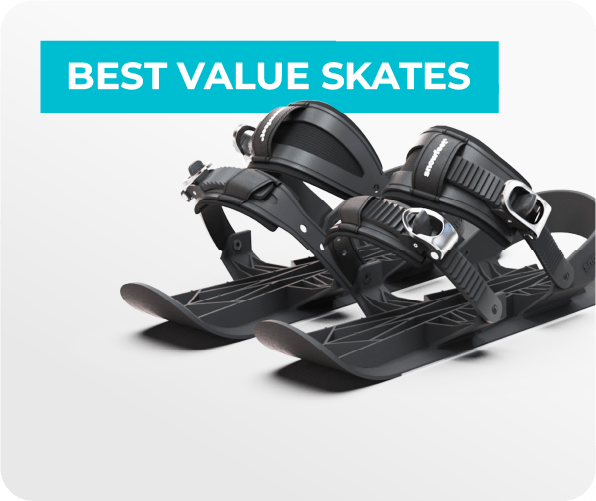
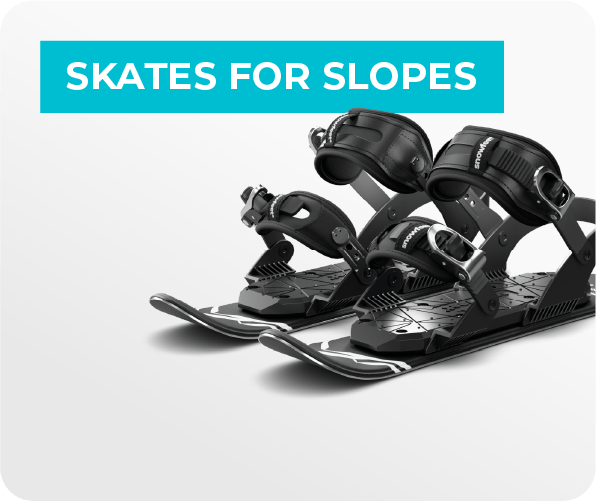
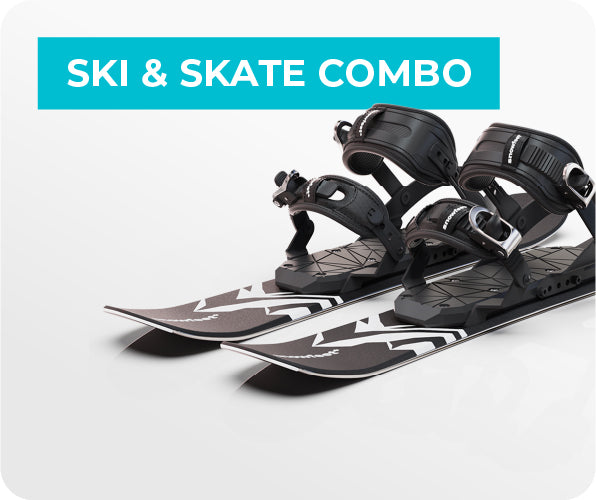
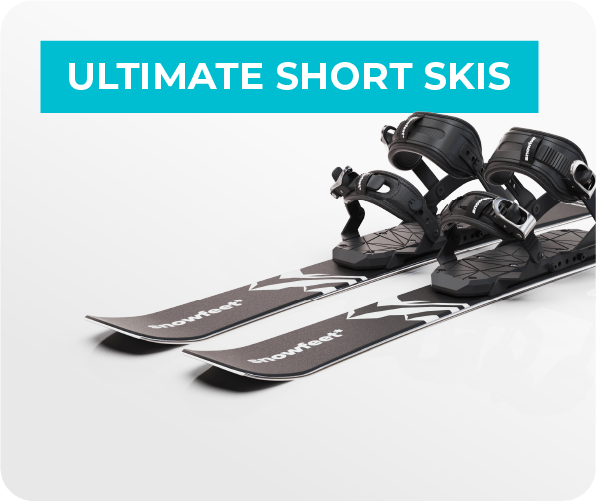
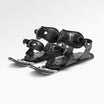
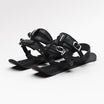
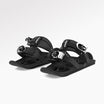
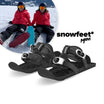
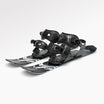
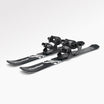
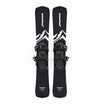
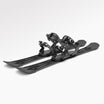
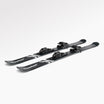
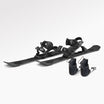
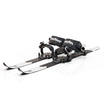
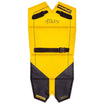
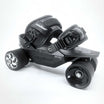

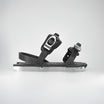
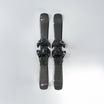
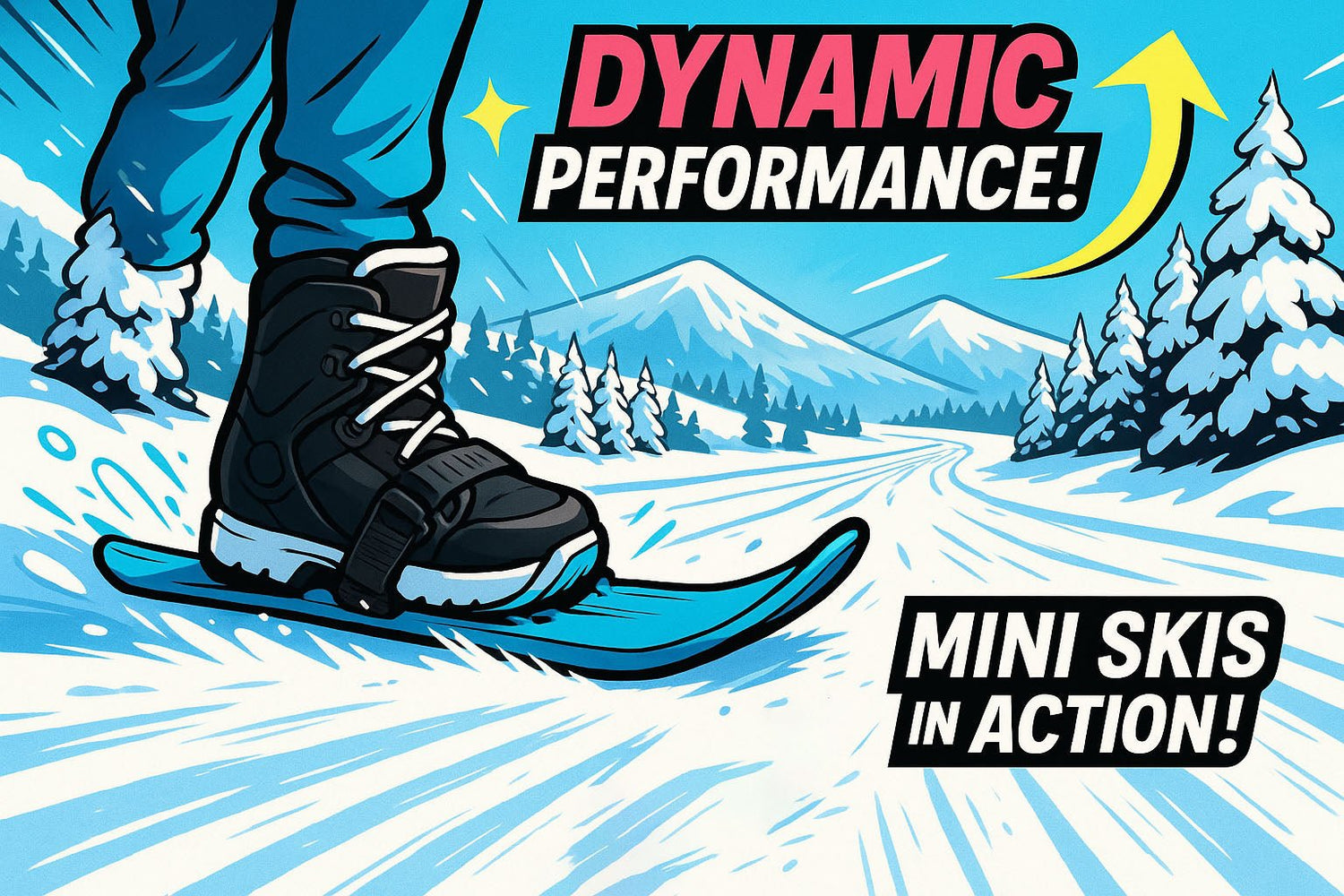
![Ultimate Powder Skis [2025]: Conquer the Deep Snow](http://www.snowfeetstore.com/cdn/shop/articles/6814553bb040e4635da51a71-1746165064822_1b51a4cc-d920-4676-83bc-711f62f7843f-9032707.jpg?v=1758688786&width=1536)
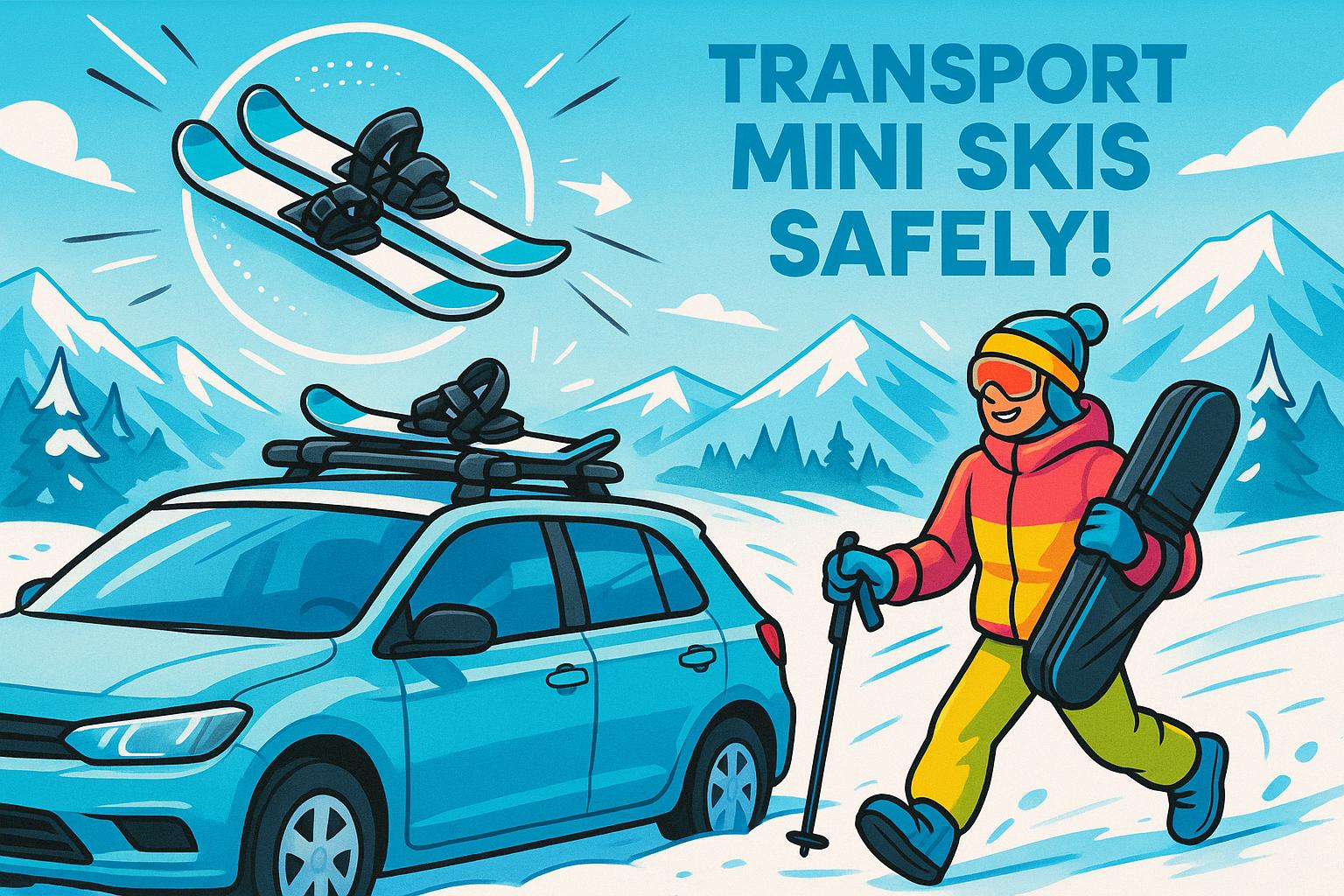
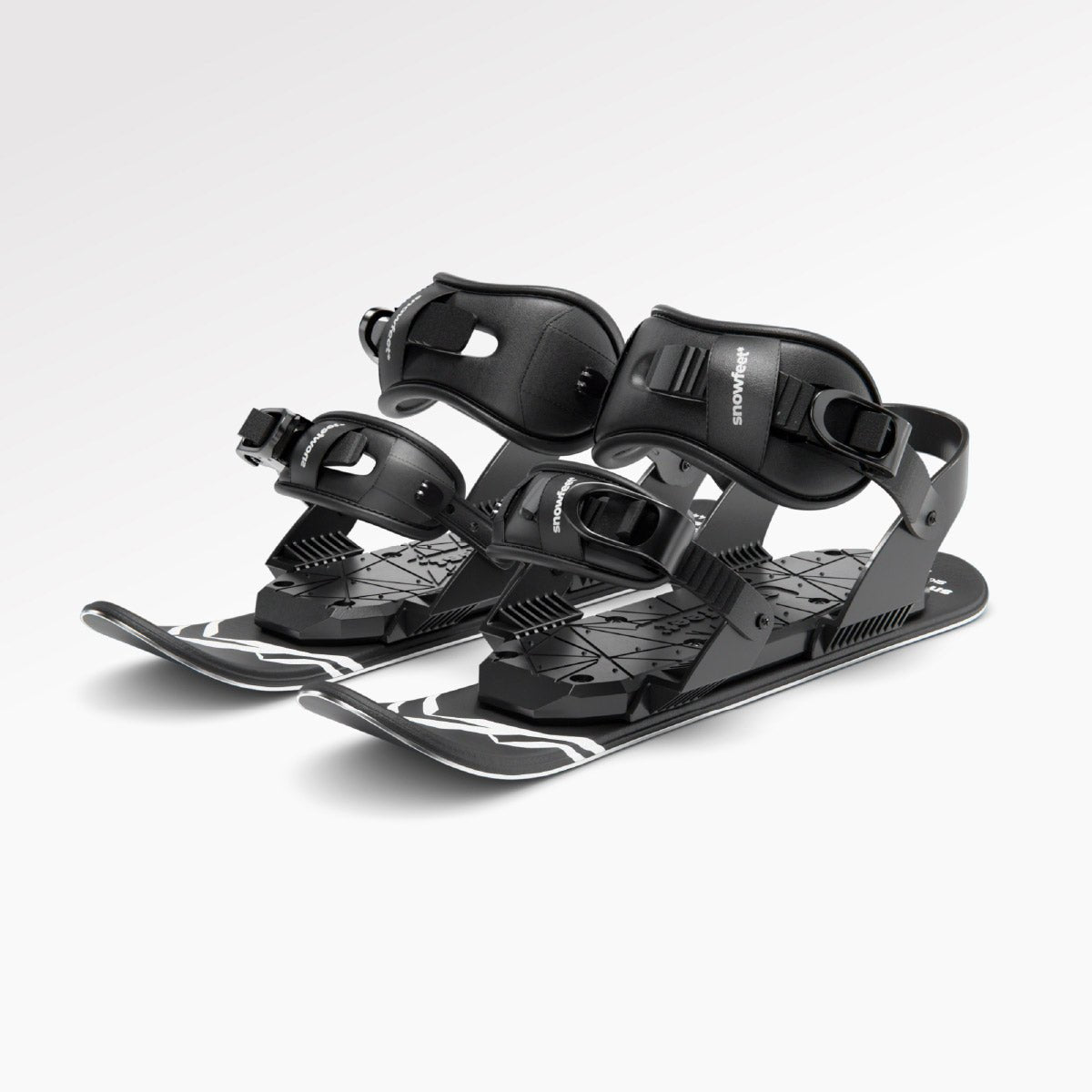
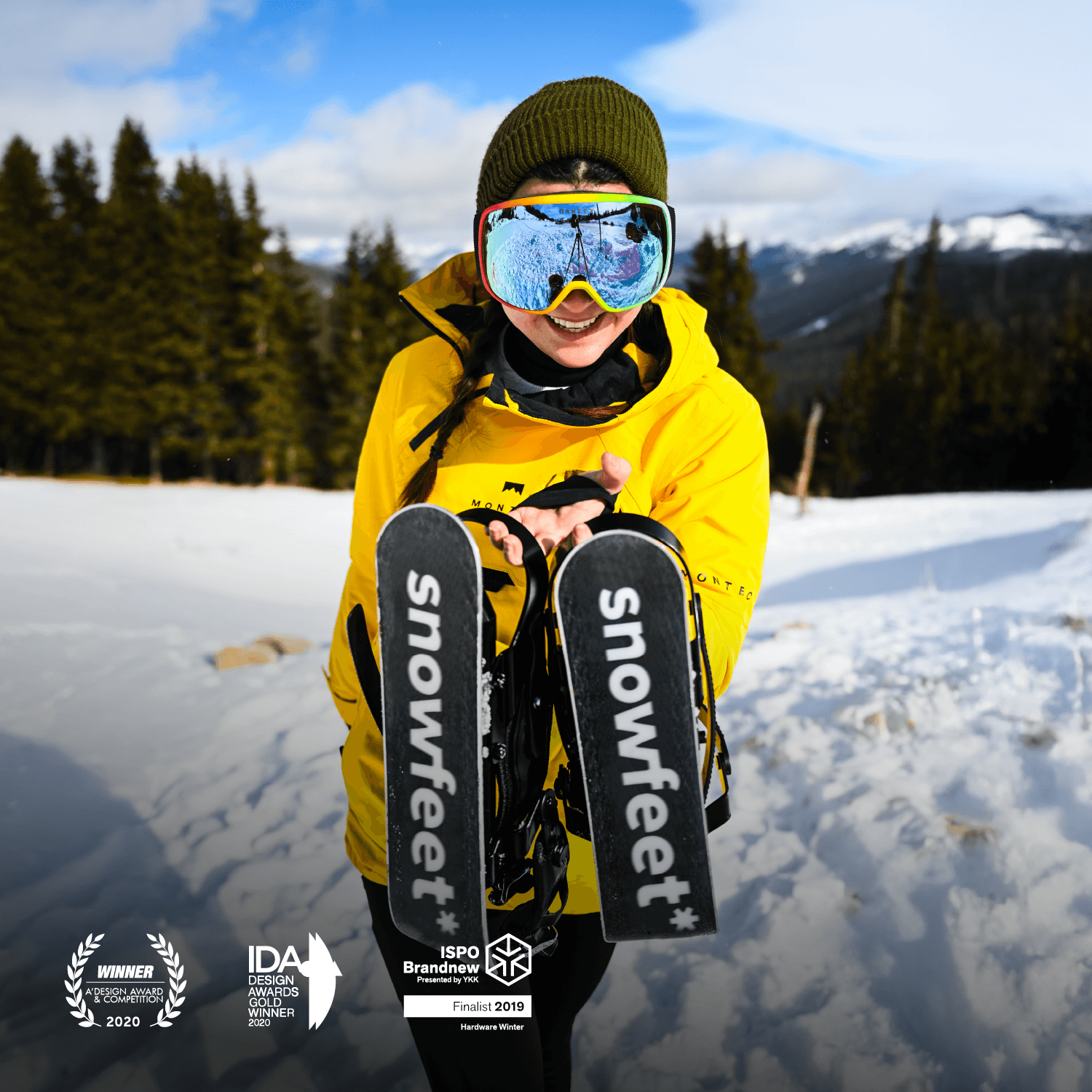
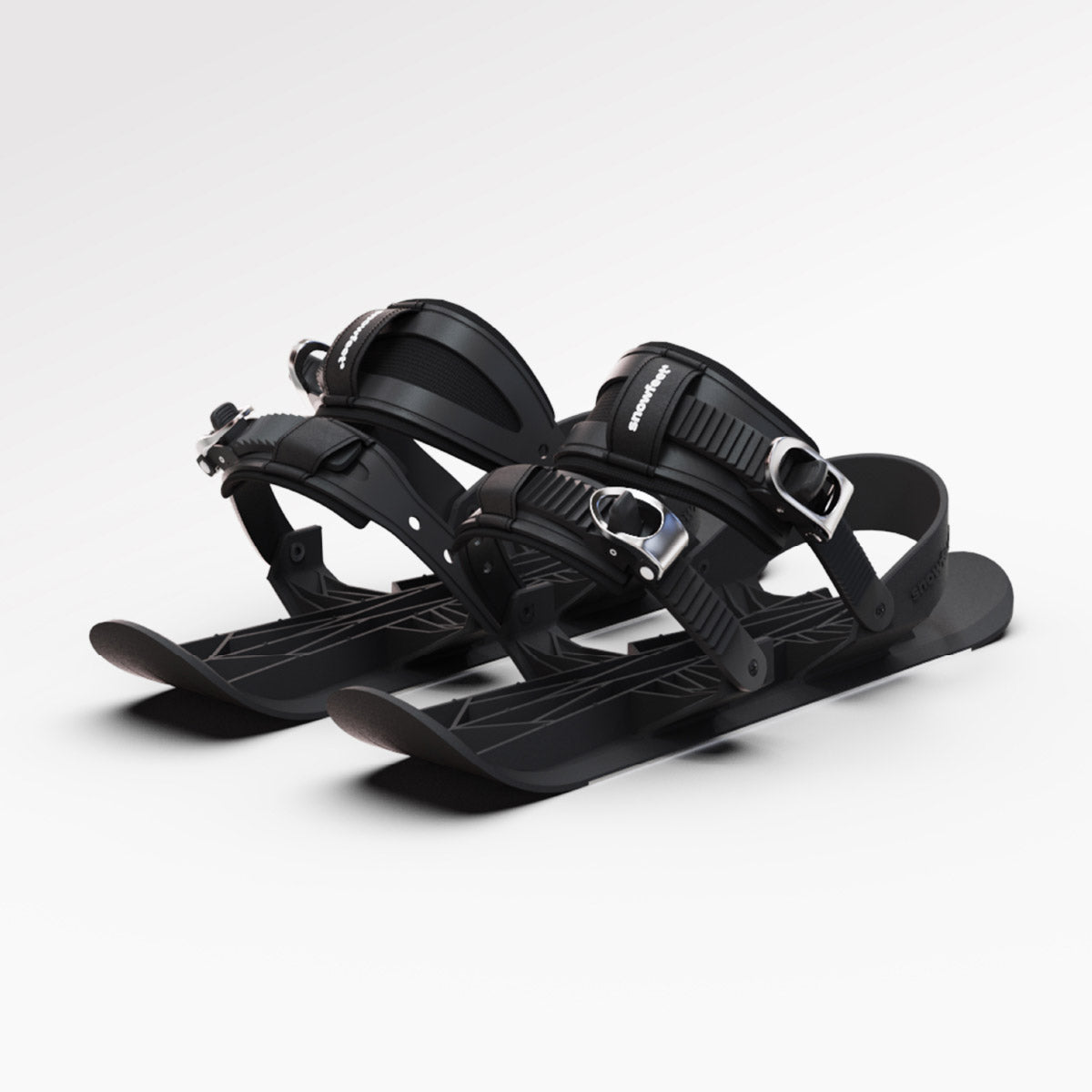
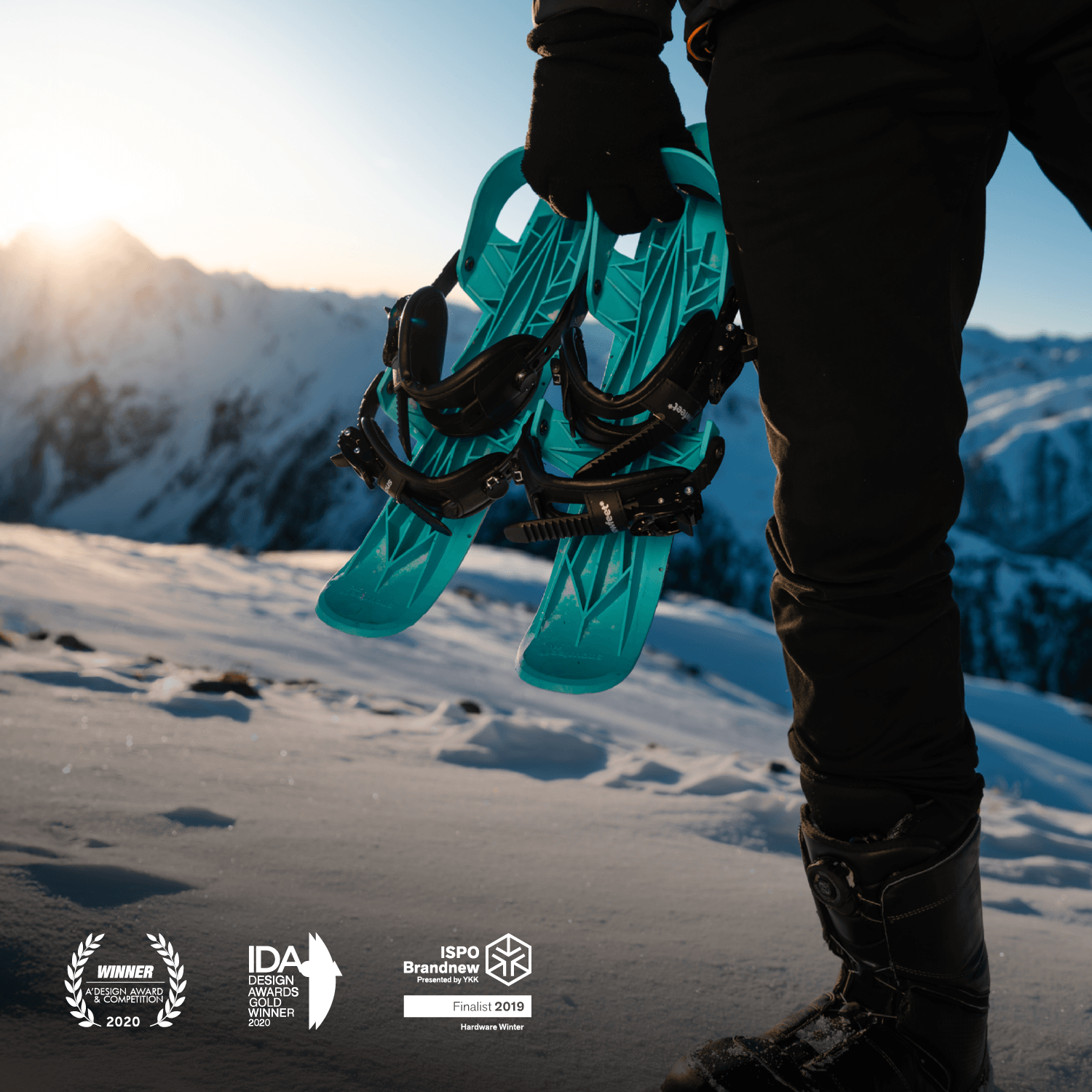
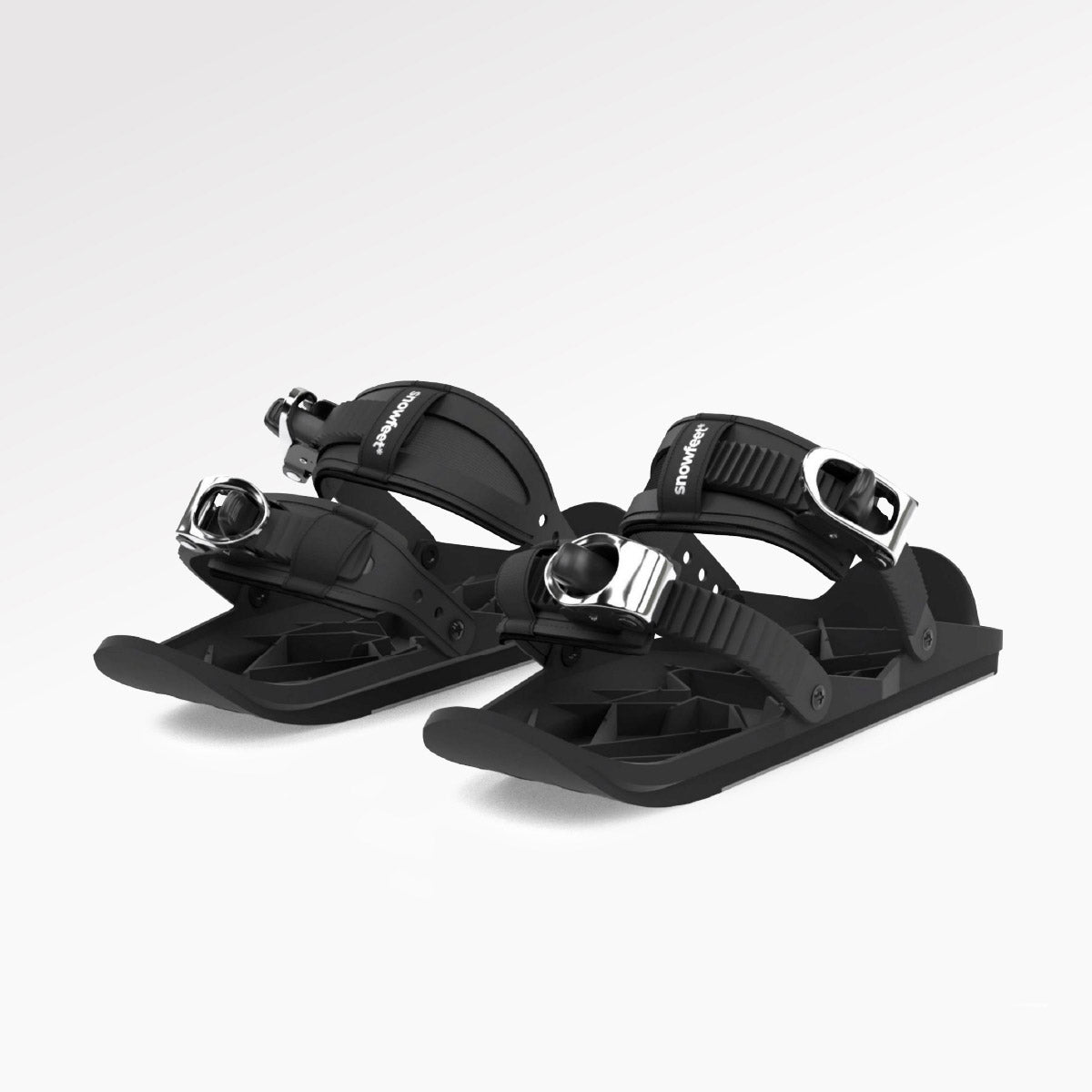
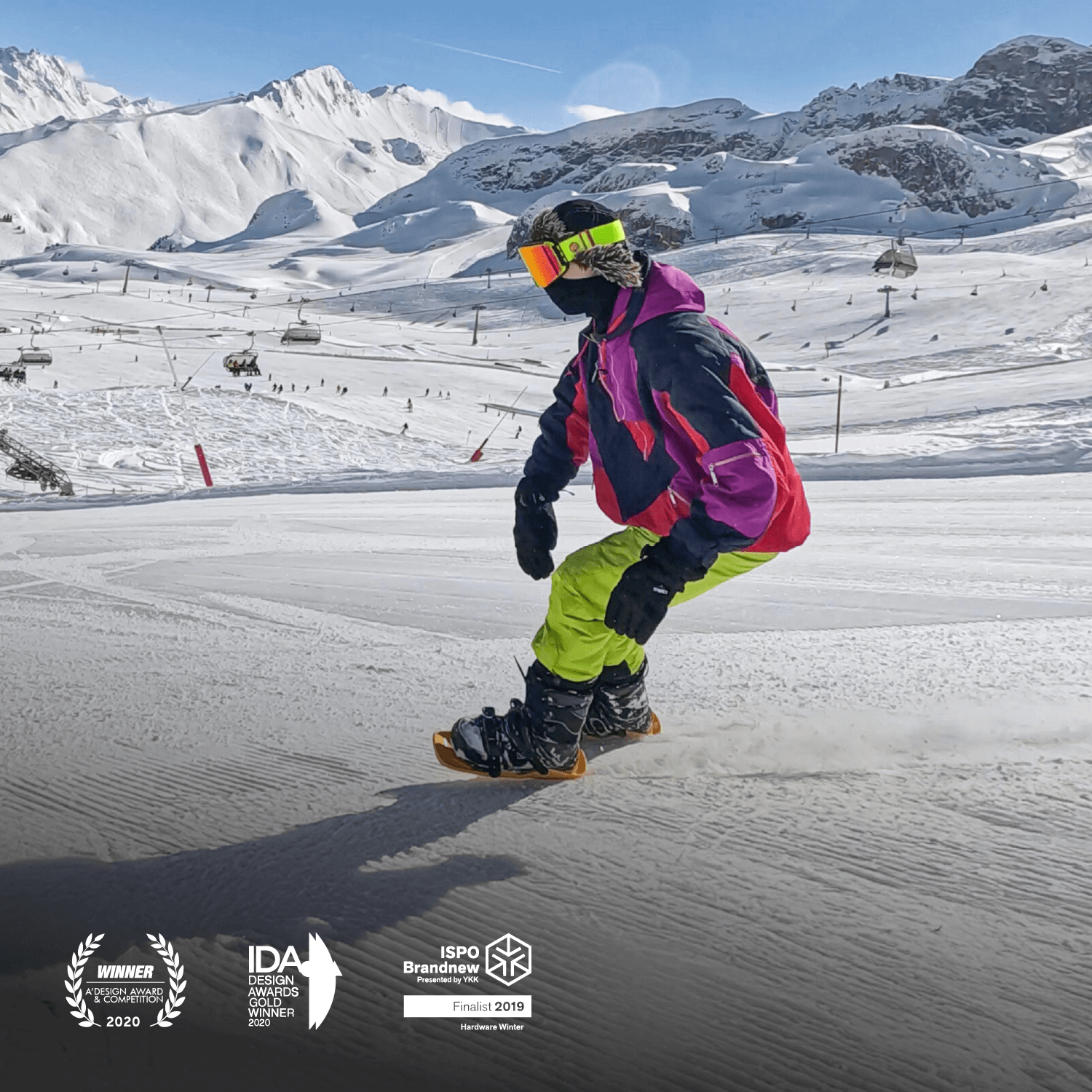
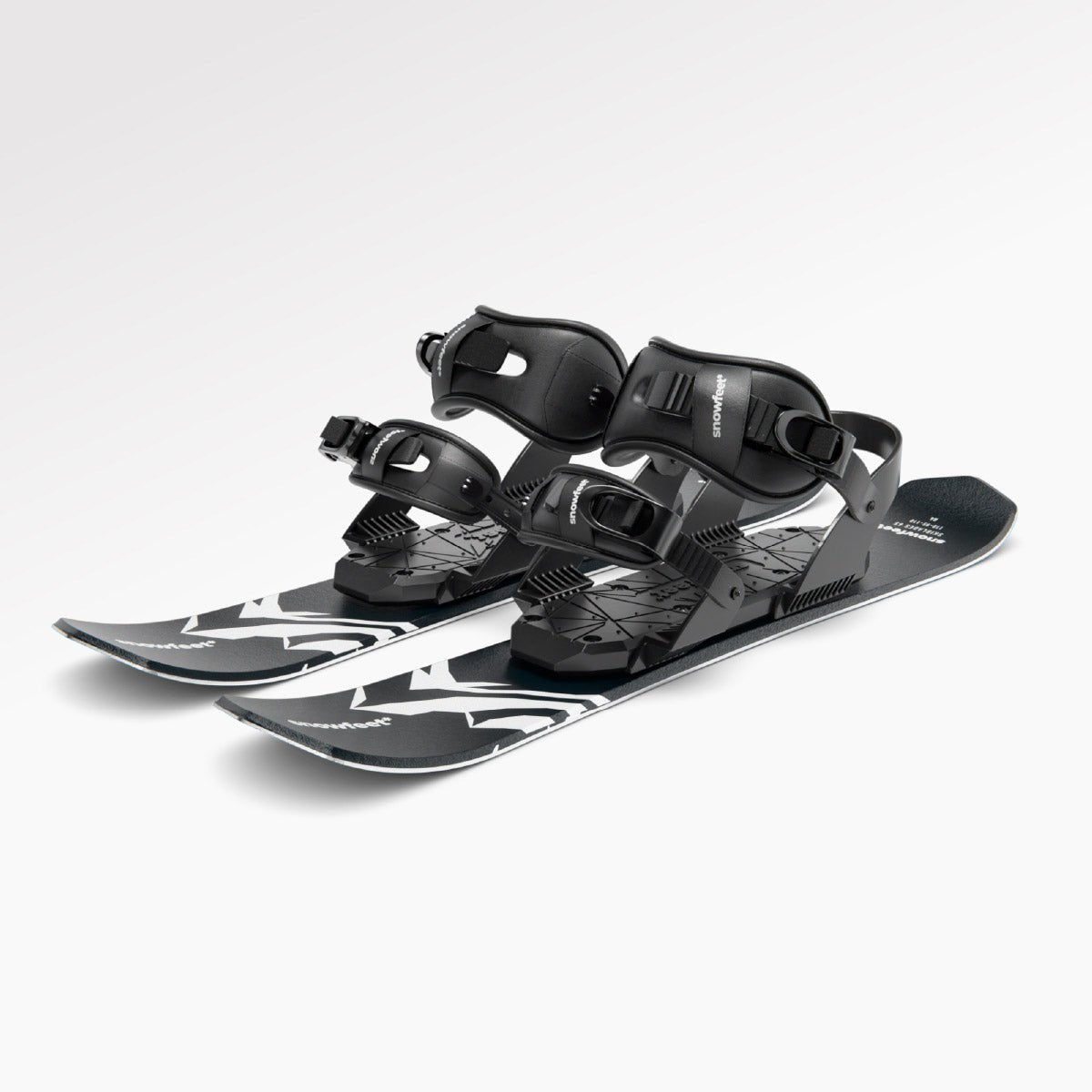
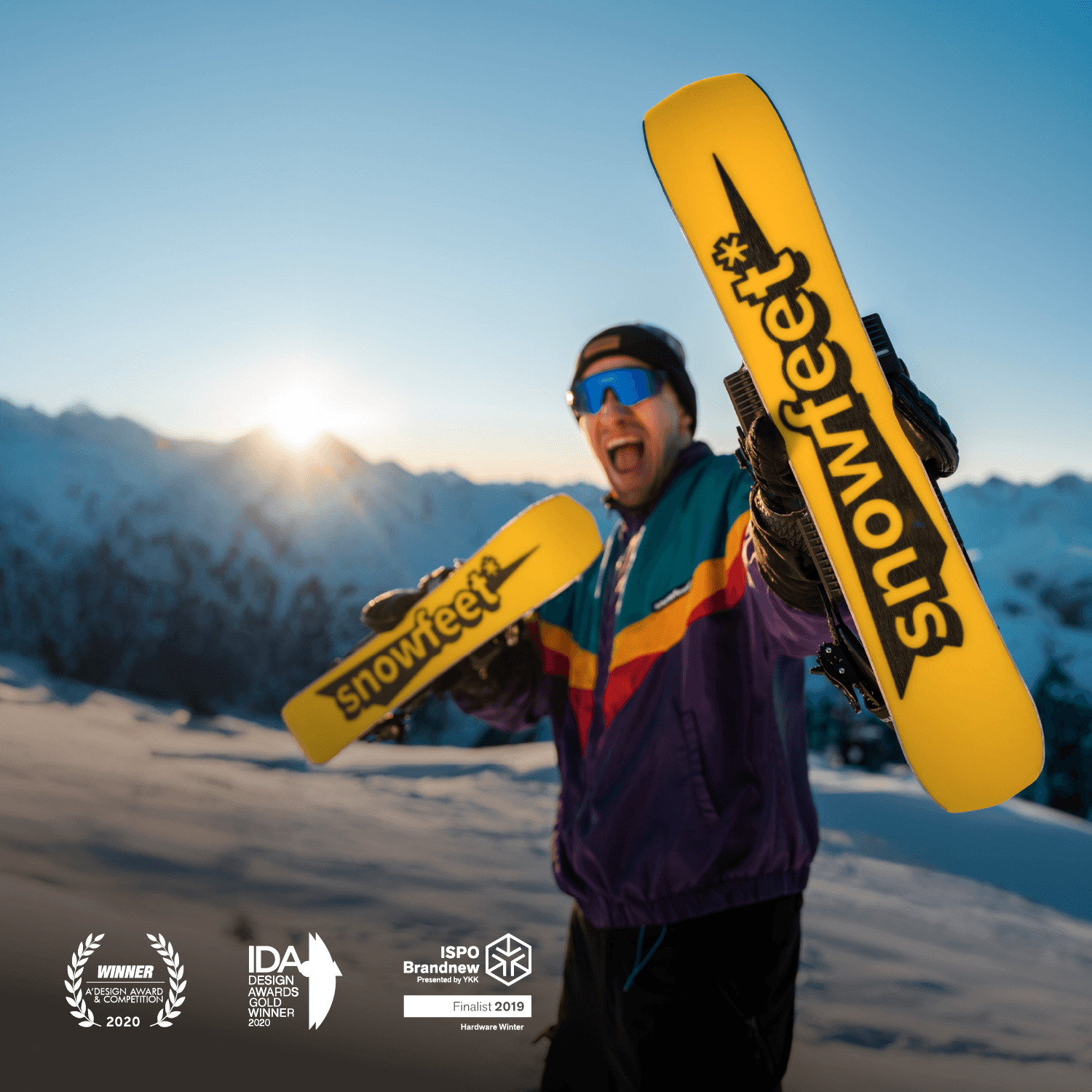
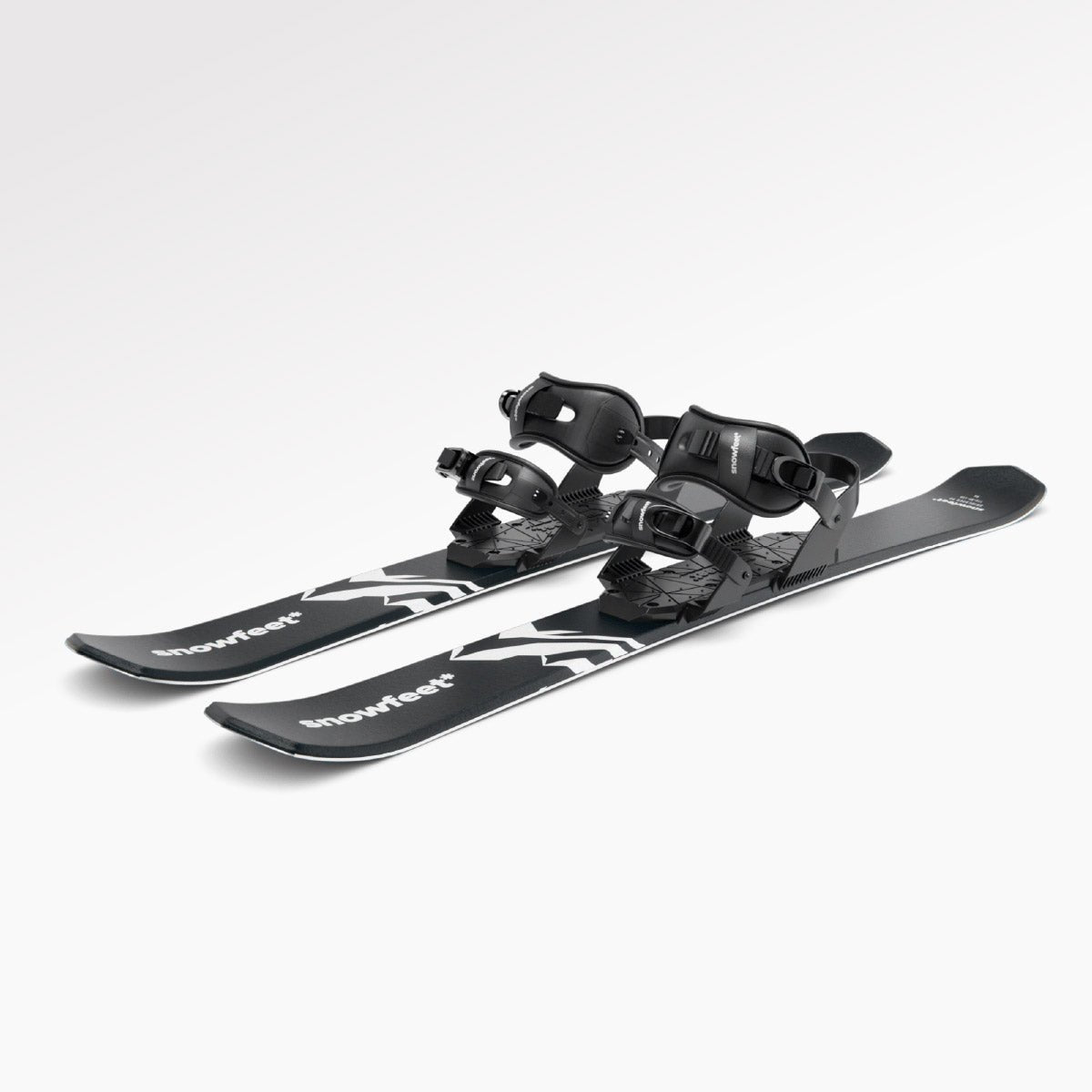
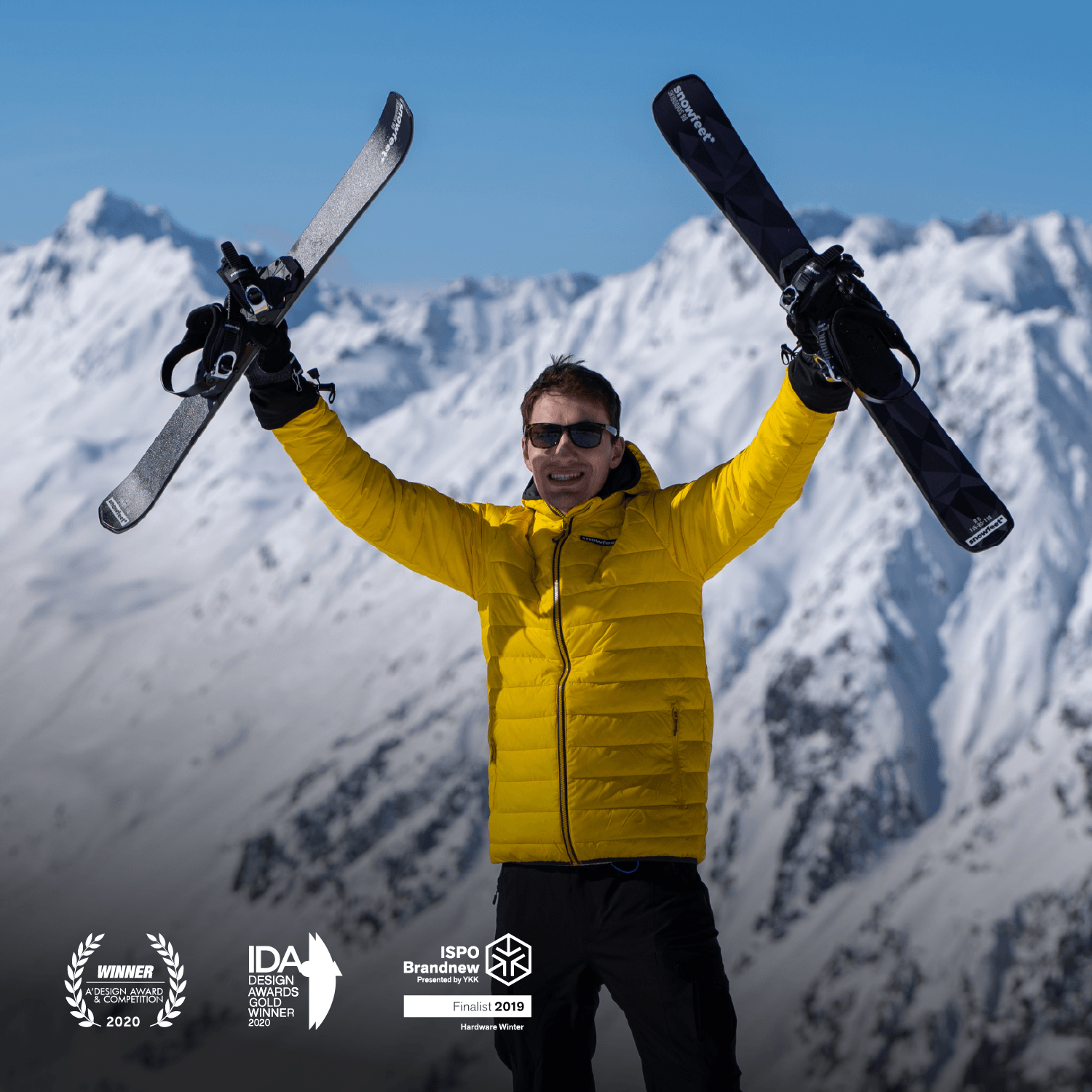
コメントを残す
このサイトはhCaptchaによって保護されており、hCaptchaプライバシーポリシーおよび利用規約が適用されます。